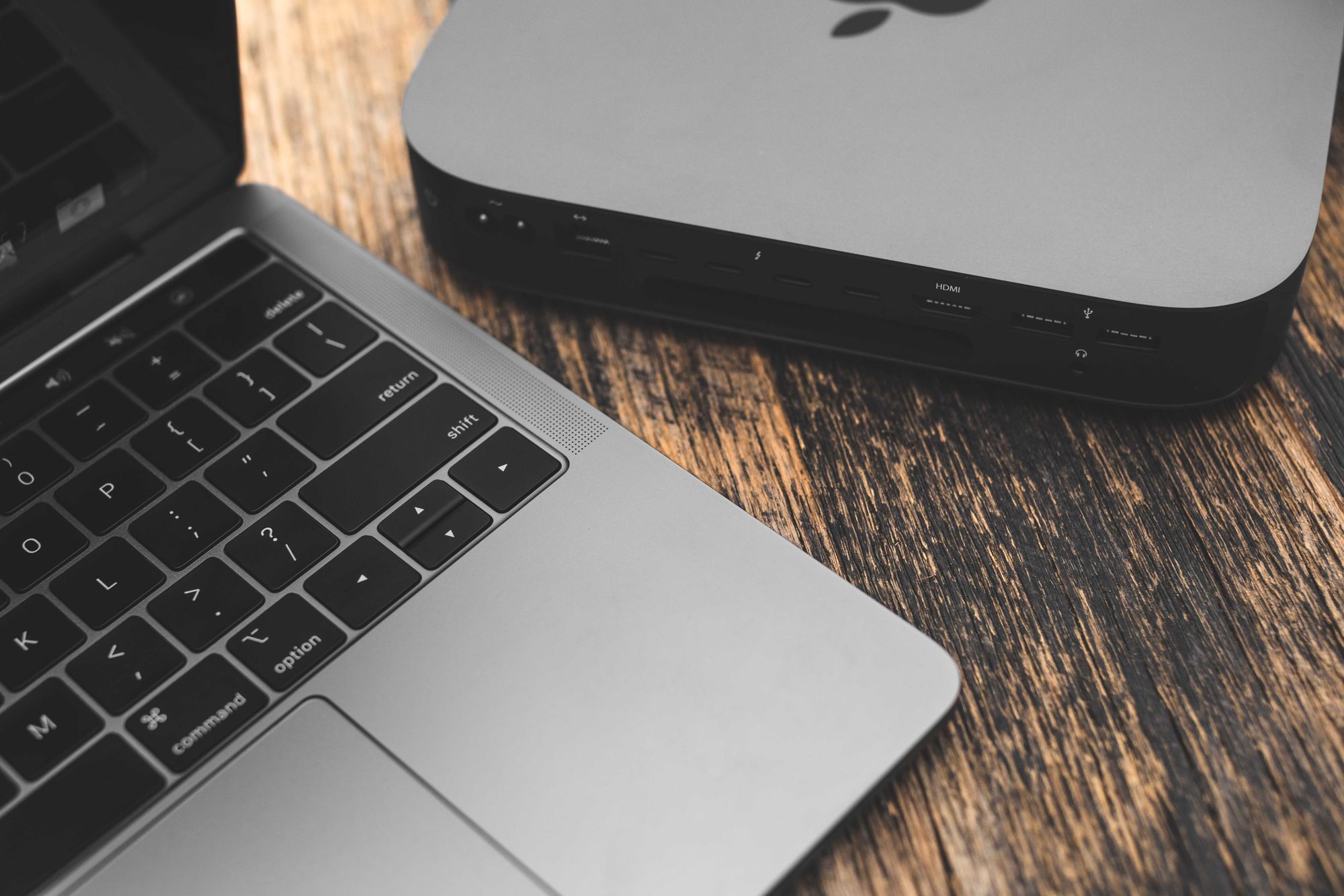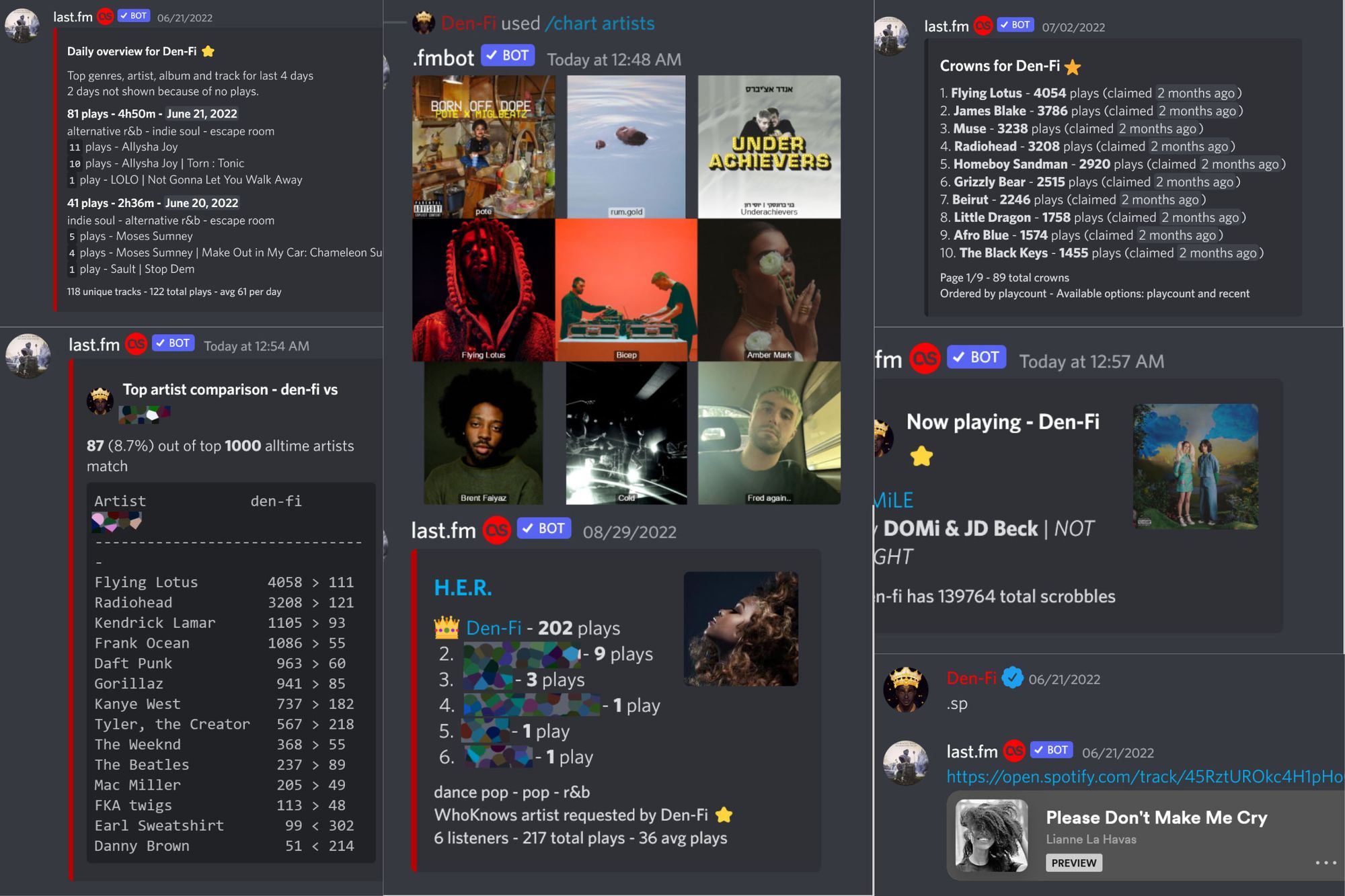Music is a journey. With most journeys in life, knowing where you’ve been enables you to keep moving forward. Music has a deep, rich history and each of us has our personal narrative within it. As a photographer, I often document my life in photos, and nothing goes better with photos than a soundtrack.
Taking it all in
While I have always been around music in the sense of performing, I was a rather blank slate when it came to personal music listening. My access was limited to whatever my parents played. That was mostly gospel music, with some Motown and smooth jazz mixed in. It was a strict household, and “worldly” influences were limited as much as possible. Eventually my older siblings trickled access to other music into my life.
My first attempt at music management came by way of iTunes. I was given the massive task of organizing the family’s music. Every day after I finished my schoolwork, I would rip 5-10 CDs until everything was done. The library grew to the point where iTunes would take a while to open, but everyone could see the total of 80,000 songs on their computers as long as I had iTunes open.

iTunes developed in many ways over that time, but the things that stuck out to me were the play counters. Being able to see and sort by how many plays and last played became a method I used to build playlists. These kinds of analytics allow me to stray from my normal listening, but always find my way back.
Soon, a problem was developed. I was home less and less. I had music at home, on my laptop, on mobile devices, and at the office. I was all over the place between my career and being a photographer. I was shooting in a lot of music venues, and naturally discovering artists all over the place. It was getting hard to keep track and get things in sync. That’s when I came across Last.fm and the Audioscrobbler.
A brief history of the Audioscrobbler and Last.fm
Last.fm and the Audioscrobbler are deeply integrated now, but that wasn’t always the case. Audioscrobbler is a product of the early 2000s. A man named Richard Jones created the Audioscrobbler while in school. It was intended to help people collaborate and discover new music. Around the same time. Last.fm was developed as an internet radio station by Felix Miller, Martin Stiksel, Michael Breidenbruecker and, Thomas Willomitzer. It allowed users to generate playlists based on the collective tastes of members with similar profiles. Eventually, the two teams started working together and were integrated.
CBS bought the company in 2007. Every entity on the planet was looking for their own MySpace, Facebook, or Twitter. Social media was on the rise. The work of all the bright minds now had a force behind it and Last.fm started to gain more recognition. According to their blog post, it also gave them the funding to execute plans that were previously nothing but napkin scribbles.
CBS was understanding of their vision and did not wish to simply consume them like many other companies that approached them over the years. This is something I’m grateful for because they could have folded years before I even found them.
Scrobbling, a new obsession
The very first day I discovered the Audioscrobbler, I installed it on everything, everywhere. It was already broadly compatible with iTunes and every popular media player. I was truly fascinated with analytics. Having such a visual representation of my life in music was amazing.
Soon after, I started to use Last.fm for music discovery and really began to branch out. The community aspect was great, but I didn’t use it right away because it felt a bit like a dating site. There were compatibility scores and matching and I greatly misunderstood it all at first glance. Luckily, I gave it another shot and realized it was more of a “you like the same kind of music, so see what else they are listening to.” I remember one user who shared even my most obscure artists. It was about a 98% match if I remember correctly. She did veer off in a few places, but that was excellent. It allowed me to find a bunch of artists I wouldn’t have known otherwise.

An algorithmic stream of consciousness
My first few years on Last.fm were nice, but 2012 in particular was a mass consumption of music. I don’t remember what triggered it, but I had 38,167 scrobbles that year. OH WAIT! It was Spotify. That’s what caused it. I used Spotify earlier than this, but it was a pain. You needed a VPN to create the account and it was limited in music access and very buggy. I shelved it for a few years, but the end of 2011 was when it officially launched in the US.
The seamless nature of Spotify is what led to this massive increase. You did not have to stop listening. It was a simple matter of transferring the session from my phone to my PC. That changed everything. Last.fm integration was a simple matter of logging in and linking the accounts. No more having to make sure a piece of 3rd party software was running to capture scrobbles.
Between Spotify and Last.fm, I was discovering and rediscovering at an almost alarming rate. Beirut dominated the year as a new discovery. My mainstays James Blake, Grizzly Bear, Radiohead, and Bon Iver got their fair share of playback time.

It’s really fun going month to month of that year. August is filled with Homeboy Sandman, Dopplegangaz, OutKast, Flying Lotus, Mos Def, Big Boi, Slaughterhouse, GZA/Genius, SBTRKT, and Black Star. Flying Lotus released Until the Quiet Comes the next month. I was obsessed. It accounted for 1,447 out of 6,757 scrobbles that September. FlyLo is an incredible artist who can manage to make you feel excited about his often dark, melancholy presentation. Erykah Badu, Niki Randa, Thundercat, and Thom Yorke join him to make some truly incredible music that I had running just about every moment I was awake.
Recruiting friends
It’s fun to explore the music of complete strangers, but what are my friends listening to? Getting someone to install Audioscrobbler was a tall order. I was able to guide my tech-savvy friends through the install, but not everyone grasped the concept. With the introduction of Spotify, this got a lot easier. All the people I dragged along to Spotify now had an easy way to Scrobble.
Discussing music with friends became a lot easier. Before it was “Oh man! I heard this awesome song the other day, but I can’t think of the name!” Now, it’s a few clicks away. This led to discovering smaller artists and using Last.fm’s touring info to find local shows. I saw Homeboy Sandman twice that summer; what an incredible lyricist.
My journey with Last.fm and music was steady over the next few years. The site itself saw a drop in usage overall, but I used it every day for scrobbling. In an effort to keep afloat, Last.fm released a Pro version that included many different ways to analyze the data it collected. There are now charts and graphs to compare day over day, week over week, month over month, and year over year. The yearly reports have become my favorite thing and I’m happy to support a service that supports my listening habits.
Enter audiophile land

In 2018, I bought a pair of headphones and a DAC/Amp. The previous few years were music discovery, but this… this was the year I started to discover music within myself. There are always naturally evident things, but this was a time of details. Using Last.fm, I was easily able to make a playlist of my most listened to tracks over the years and truly rediscover them.
As listening became something I wanted to hone, repetition was key. Grasping concepts like imaging, staging, dynamic, timbre, etc… requires study. Most of us are born being able to hear, but listening is about learning and practice. It’s still something I work on to this day, especially with source gear.
Discovery algorithms have also gotten very good over the years. As I move from Spotify on the go, to Roon at home, it becomes invaluable to be able to ride the discovery wave and go back later and make note of newly discovered gems. This is one of the tools that makes The Music Den a joy rather than a chore.
Discord and .fmbot
Once the pandemic started, that meant even more time with my audio gear. Even 2 years in, meetings are more often than not virtual. This means less time travel and commuting, leaving a few extra moments for music. It also means being more involved in communities than I have been. A month or so ago, I was introduced to .fmbot by a fellow Den-Fi writer. In the last few months, it’s been as much a game-changer as scrobbling itself. If you’re in a Discord server with friends, get them on Last.fm and get .fmbot in your server.

.fmbot has a ton of functionality, but I have the most fun seeing what friends are listening to. At any time, you can query the bot for who has listened to a particular artist. This is handy for striking up conversations and breaking the ice with new people. The bot also spits out Spotify links via a search function. This comes in handy when I need music links for articles. Once I saw that .fmbot's team accepted donations, I became a lifetime supporter. Supporting open-source projects is important, and they have an excellent system that lets you know how every cent is used.
And it won’t stop here
As I moved from iTunes, to Foobar, to Spotify, to Tidal, to Roon the one constant has been Last.fm. I’ve seen so many articles about Last.fm’s demise, but it’s still here. Just in case, I back up my scrobbles once a month using Last.fm to CSV. This way if something does happen, I do not lose invaluable historical data. Music is a journey. Knowing where I’ve been will keep me moving forward.
Also, special mention to Soundiiz. If you use multiple services, this will help keep your playlists in sync between them. Enjoy your musical journey!
Comments?
Leave us your opinion.